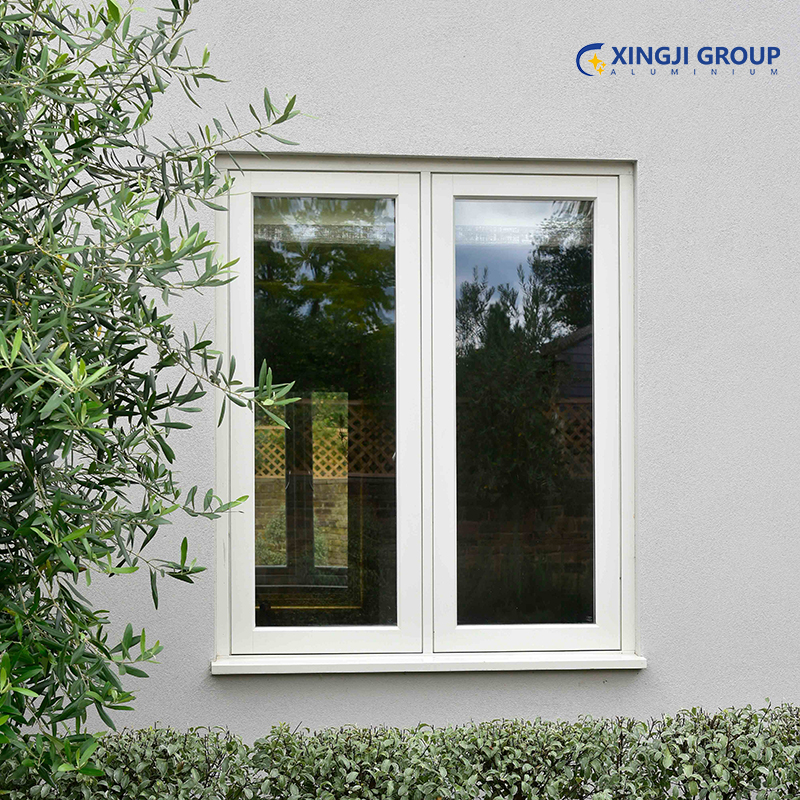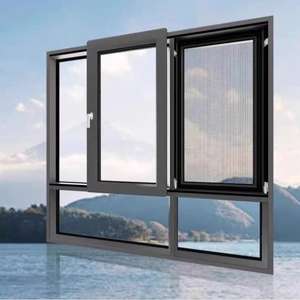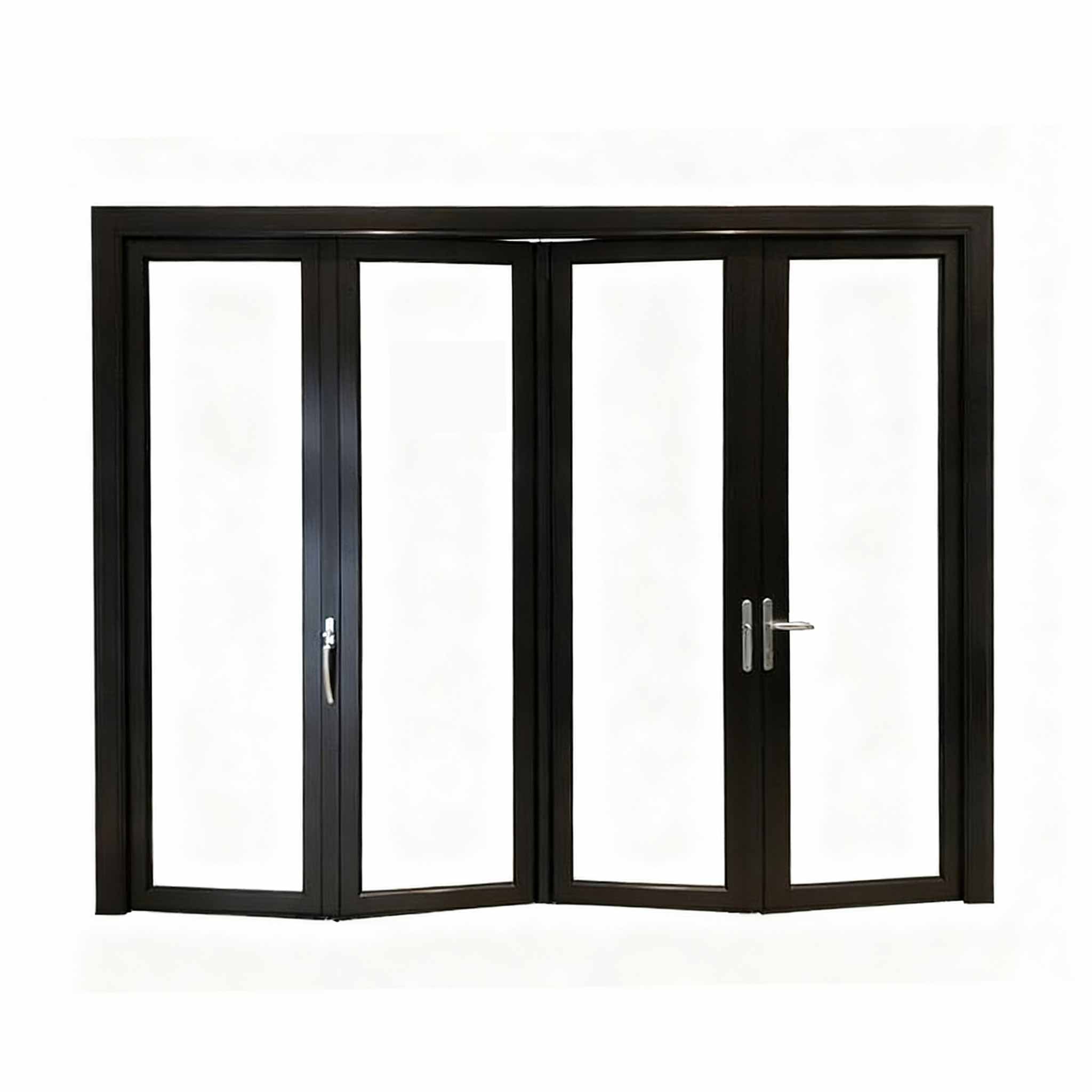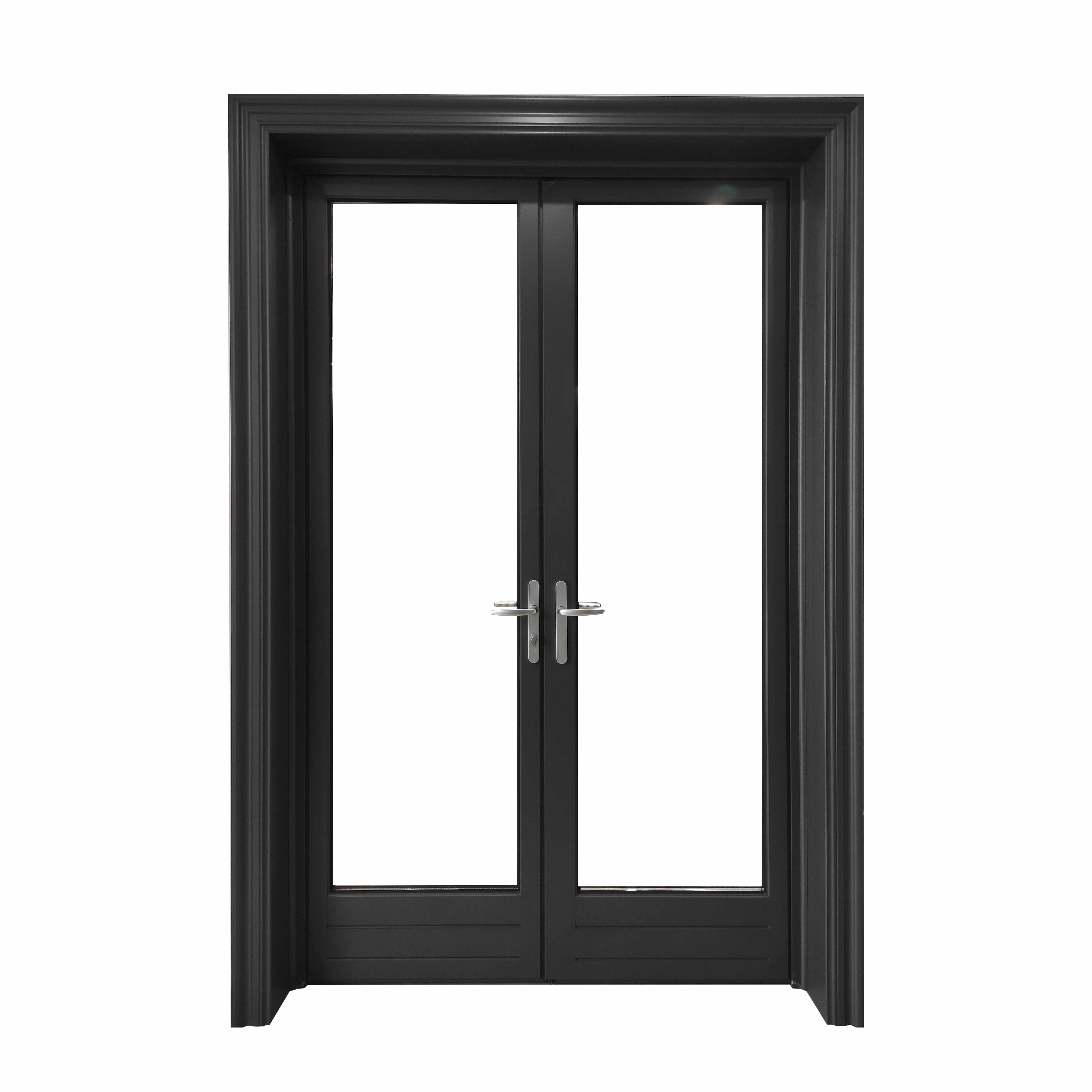The Ultimate Buyer's Guide to Premium Aluminum Windows: Openings, Glazing & Insulation Explored
As modern architecture embraces sleek lines and energy efficiency, discerning homeowners increasingly turn to aluminum fenestration solutions. Selecting the right system demands scrutiny beyond aesthetics. With decades of engineering excellence in aluminum fabrication, we dissect the critical considerations—particularly for aluminum open window configurations, advanced aluminum window glazing, and high-performance insulated aluminum windows—that define lasting quality.
I. Structural Mastery: Frames, Thermal Engineering & Opening Mechanics
The integrity of any aluminum window system begins with its skeletal framework, especially crucial for aluminum open window designs requiring precision movement.
Aerospace-Grade Alloys: Opt for 6060-T66 or 6063-T6 aluminum alloys. These deliver exceptional strength for large sliding panels or outward-opening aluminum open window units, resisting warping under wind loads.
Thermal Break Engineering: For true insulated aluminum windows, a polyamide barrier (24mm-34mm wide) must decouple interior/exterior profiles. Glass-fiber reinforced breaks prevent compression in frequently operated aluminum open window systems.
Profile Reinforcement: Multi-chambered profiles with 1.8mm+ wall thickness ensure stability in insulated aluminum windows, particularly for tilt-turn or sliding aluminum open window mechanisms. Corner reinforcements are non-negotiable.
Corrosion Defense: Marine-grade powder coating (AAMA 2605-certified, 70-80μm) withstands harsh climates where aluminum open window hardware faces constant exposure.

II. The Glazing Imperative: Clarity, Efficiency & Acoustic Control
Superior aluminum window glazing transforms light transmission into energy security. This is where insulated aluminum windows prove their worth.
IGU (Insulating Glass Unit) Innovation:
Triple-Layer Insulation: True insulated aluminum windows utilize triple-pane IGUs with argon/krypton fills, achieving U-values ≤0.80 W/m²K.
Low-E Coatings: Solar-control Low-E on surface #2 (warmer climates) or passive Low-E on #3 (colder zones) optimize thermal performance for aluminum window glazing.
Advanced Spacers: Thermoplastic spacers (e.g., Swisspacer Ultimate) in aluminum window glazing eliminate condensation risk at the critical glass-edge interface.
Specialized Glazing for Functionality:
Acoustic Laminates: For urban settings, aluminum window glazing with 6.8mm acoustic PVB interlayers reduces noise by 40-50dB.
Safety & Security: For ground-floor aluminum open window units, laminated glass deters forced entry.
Self-Cleaning Options: Hydrophilic nanocoatings on exterior aluminum window glazing surfaces reduce maintenance.
Glazing-System Synergy: Ensure compatibility between the IGU thickness (e.g., 36mm for triple glazing) and the frame depth of your insulated aluminum windows. Mismatches cause seal failure.
III. Hardware, Seals & Operational Longevity
Performance hinges on moving parts and interfaces—especially for aluminum open window products subjected to daily use.
Precision Hardware for Reliable Operation:
Multi-Point Locking: European mechanisms (Roto, Siegenia) with 6+ locking points are essential for secure aluminum open window closure.
Heavy-Duty Hinges: Stainless steel friction hinges must support the weight of oversized aluminum open window sashes without sagging.
Tilt-First Mechanisms: For aluminum open window cleaning safety, hardware must allow inward tilting before outward opening.
Weather Sealing Hierarchy:
Triple EPDM Gaskets: Critical in insulated aluminum windows—intermediate and perimeter seals block air/water infiltration at pressures >600Pa.
Drainage Pathways: Openable aluminum window glazing systems require concealed weep holes to redirect moisture.
Validated Performance Metrics:
*NAFS-100/400 Ratings:* Look for PG-50+ ratings validating structural integrity under hurricane-force winds for aluminum open window installations.
AAMA 501.1 Water Testing: Ensures aluminum window glazing seals withstand monsoon-level simulated rain.

IV. Certifications, Sustainability & Warranty Assurance
Trust requires third-party validation—especially for insulated aluminum windows marketed as high-efficiency solutions.
Independent Performance Certifications:
Energy Star Most Efficient 2025: Mandatory for true insulated aluminum windows (U-Factor ≤0.20; SHGC≤0.23).
Passive House Institute (PHI) Certified: Validates air-tightness ≤0.6 ACH@50Pa for ultra-efficient aluminum window glazing systems.
Environmental Accountability:
Recycled Content: Leading insulated aluminum windows use 70-85% post-industrial recycled aluminum.
Anodizing vs. Powder Coating: Chromate-free pretreatments and lead-free coatings ensure eco-safe aluminum window glazing production.
Comprehensive Warranty Coverage:
*20-Year Frame Integrity:* Covers thermal stress failure in insulated aluminum windows.
*10-Year IGU Seal Failure:* Protects against fogging in aluminum window glazing.
*5-Year Hardware Operation:* Guarantees smooth function of aluminum open window mechanisms.
The Synthesis of Precision
Choosing exceptional aluminum windows demands balancing aluminum open window operability, aluminum window glazing sophistication, and insulated aluminum windows thermal science. Scrutinize alloy integrity, thermal break dimensions, IGU configurations, hardware provenance, and independent certifications. Partner with manufacturers who transparently validate performance through NAFS, AAMA, and Energy Star testing—particularly for complex aluminum open window geometries or extreme-climate insulated aluminum windows. When engineering rigor meets precision aluminum window glazing, the result is fenestration that elevates aesthetics, security, and energy resilience for decades.


